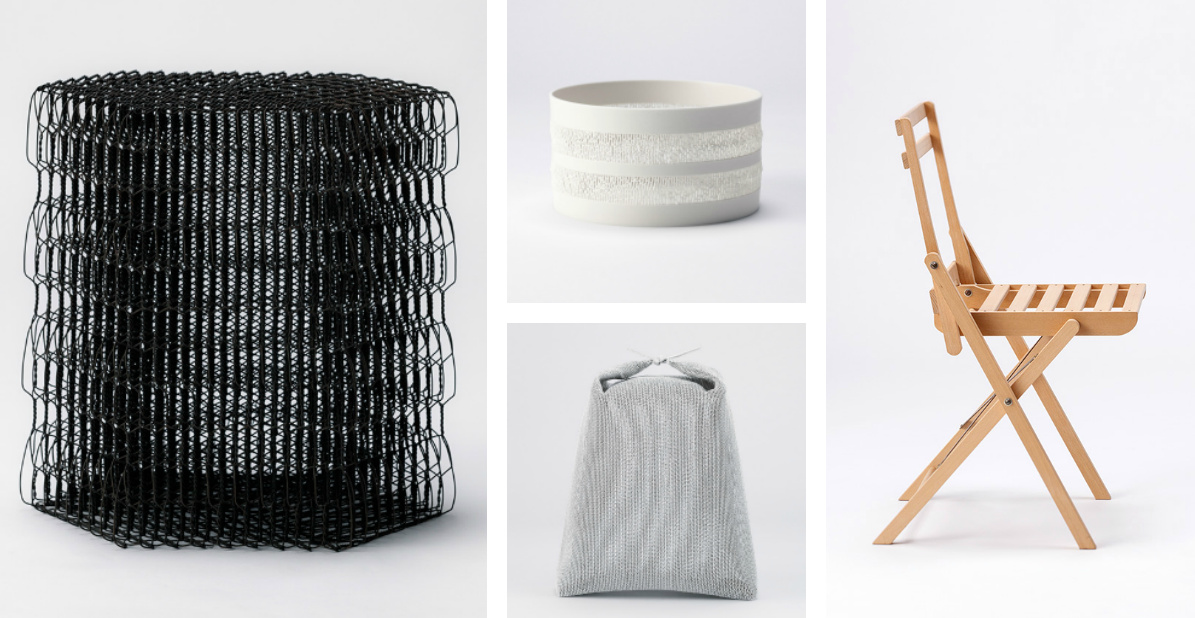
The Takaoka Craft Competition is one of the oldest and most anticipated contemporary craft shows in Japan. Throughout its 32 year-history, the competition has allowed two categories: a “factory category” that focuses on mass-production and a “contemporary category” that emphasis artistic qualities. But this year they’ve eliminated categorization and have proposes just one theme: embracement.
The idea behind the theme is to transcend titles like craftsperson, designer, artist and instead, explore the possibilities the lie within the liminal, infinite space between art and product. That direction, as put forth by head judge Masanori Oji, has resulted in some fantastic works. Below are some of our favorites:
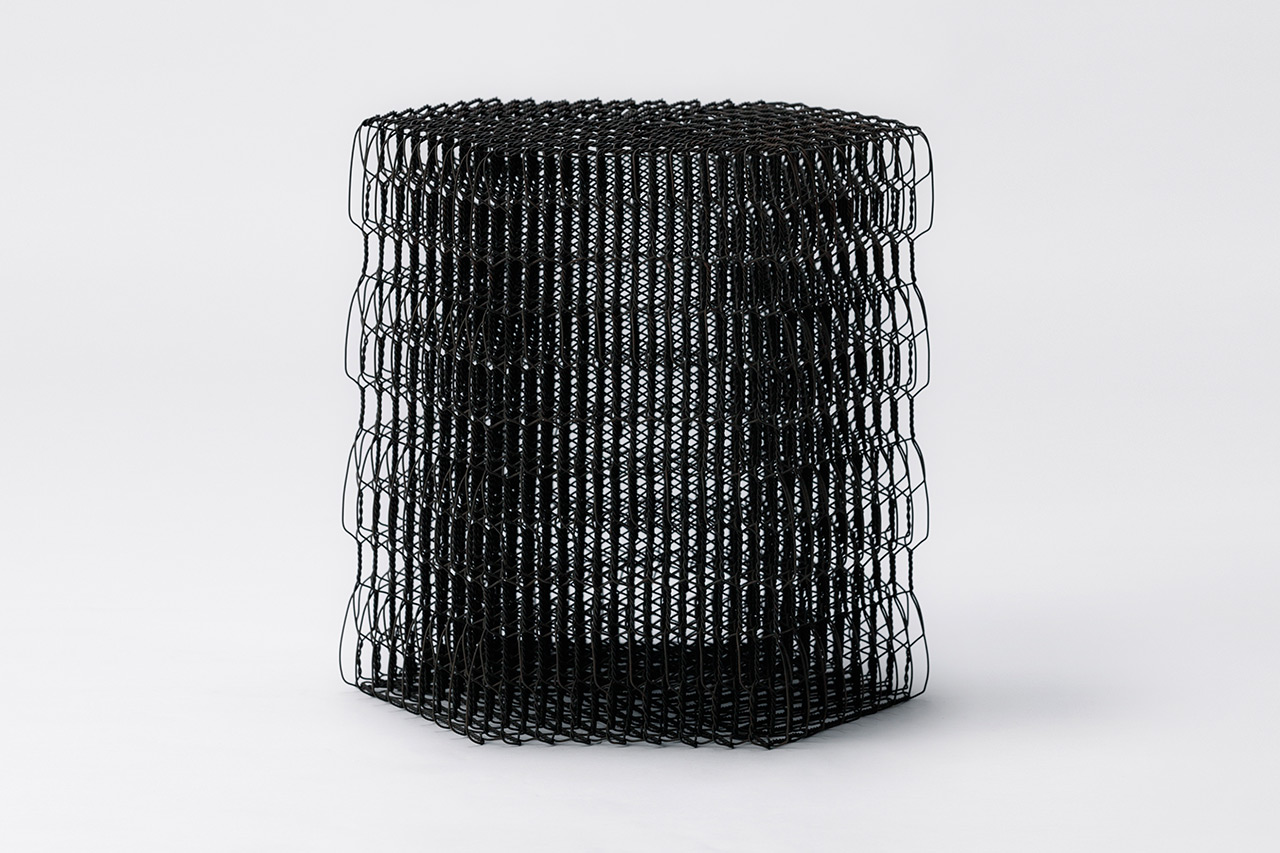
Wire Stool by Yusuke Miyata
The top prize went to Yusuke Miyata and his wire stool. At just 25, Miyata is an in-house designer at Japanese furniture company Tendo Mokko. His wire stool was made from a relatively simple and repetitive process of twisting wire. But the result is one that embodies both craftsmanship and manufacturing, and embraces both factory craft and contemporary craft. Miyata spent 3 months creating the stool.
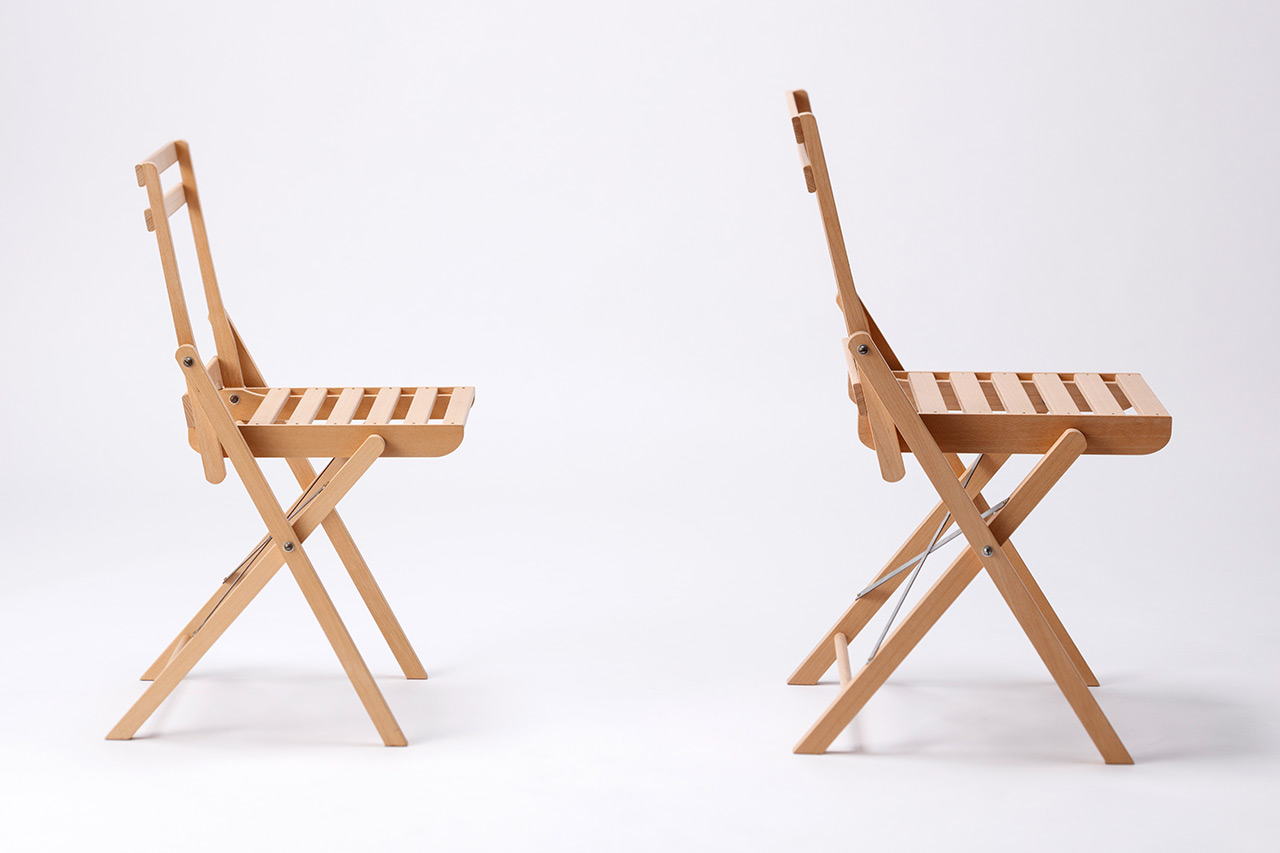
Folding Chair by Kan Ito
A brilliant folding chair that is a take on the traditional drench folding chair. And yet the designer wasn’t afraid to throw out elements he didn’t need and, in that sense, is a unique original. Its functionality makes it beautiful. And its beauty makes it functional, if that makes any sense.
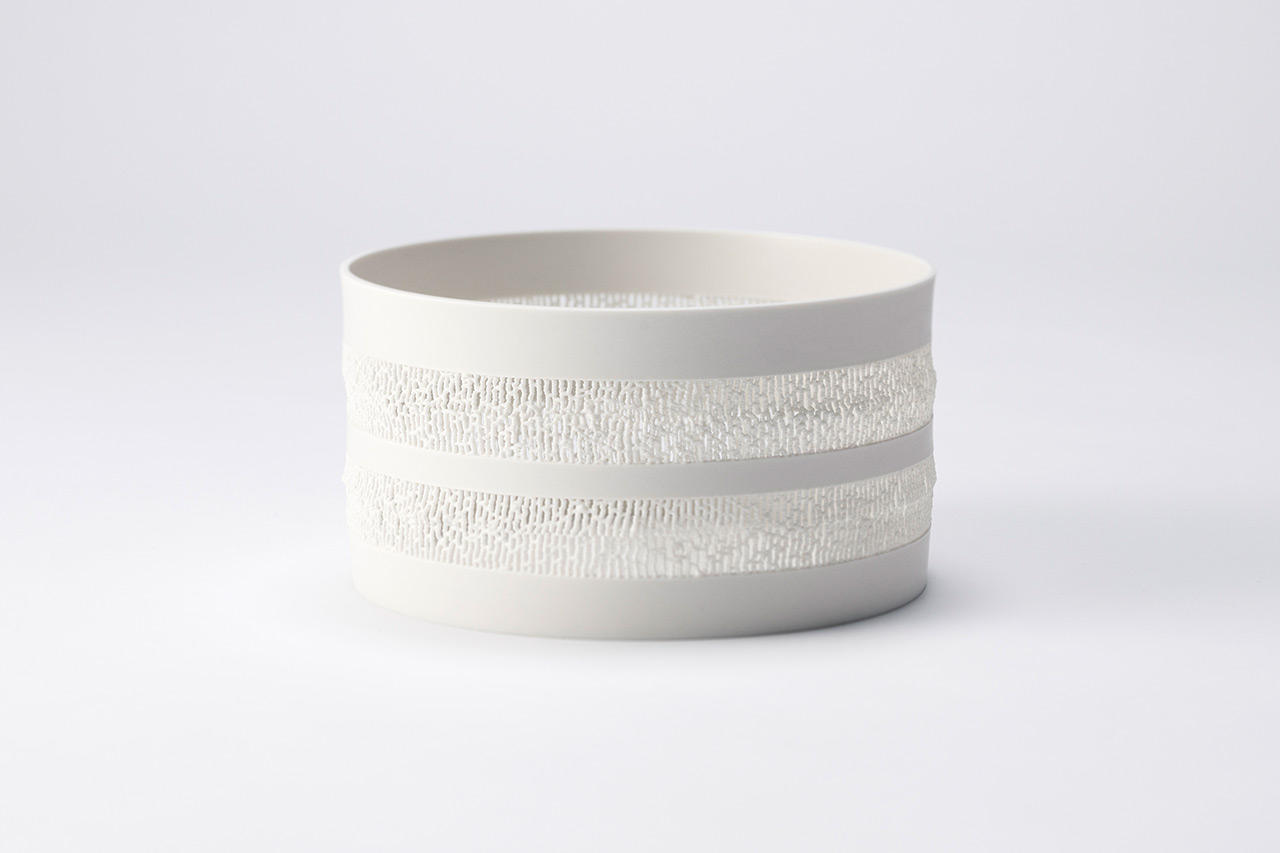
Cylinder by Takefumi Aoki
Ceramicist Takefumi Aoki is an alumni of the Tajimi City Pottery Design And Technical Center. Aoki created his vessel by first sculpting a perfectly round base. Then, using an instrument not unlike a pastry decorating syringe, he built up the delicate wall, drop by drop of clay paste.
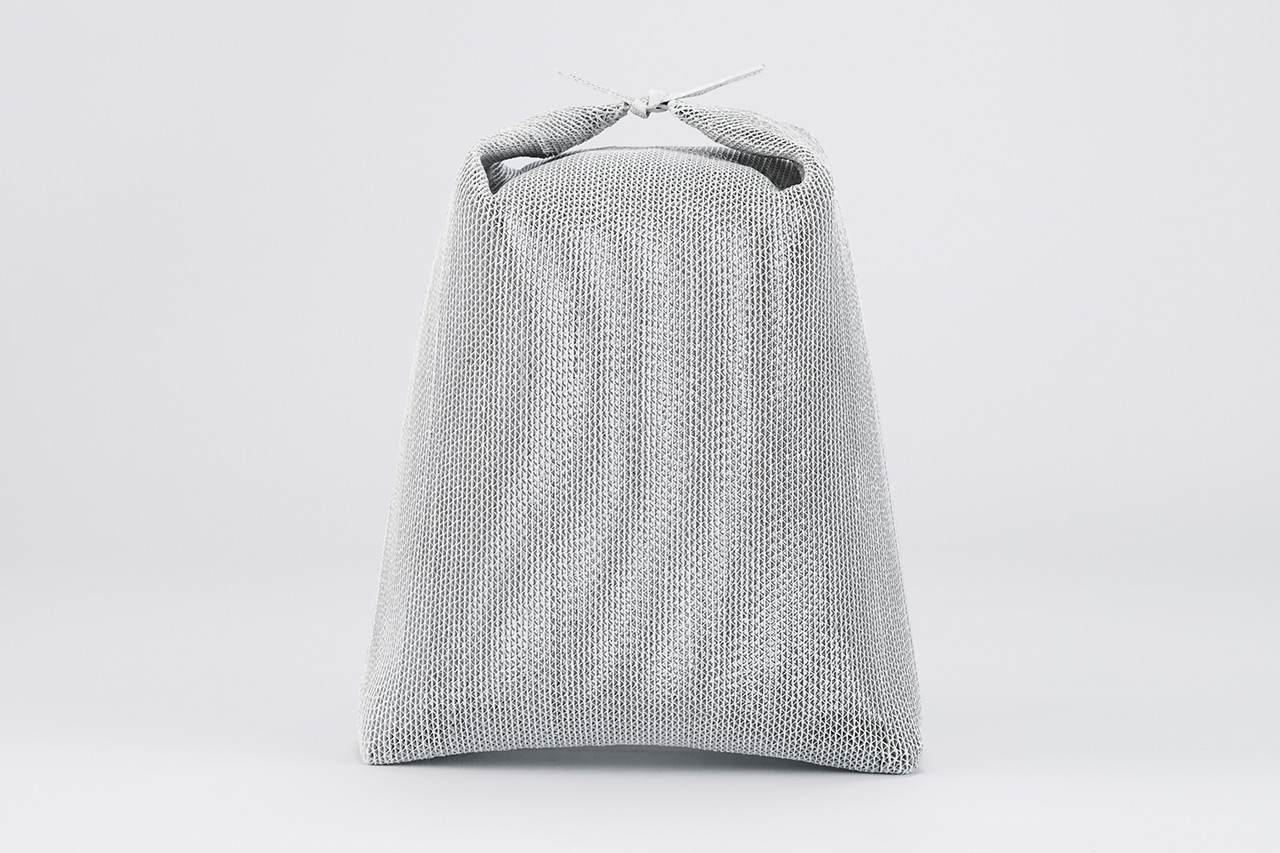
Hikari-no-Shukaku (Harvest of Light) by Yoshio Hasegawa
Paper artist Yoshio Hasegawa created this furoshiki-like wrapping material from everyday cardboard cushioning. The artist’s comprehension and use of material rendering this object as one that is both light and airy, but with mass.


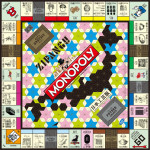
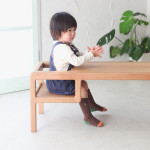
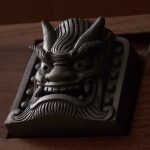
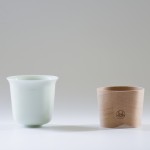


















November 8, 2018 at 7:50 am
“Its functionality makes it beautiful. And its beauty makes it functional, if that makes any sense.”
It does indeed. Mingei activists have been professing exactly that since the 1920’s with the catchphrase 用の美, i.e. “functional beauty”.
November 9, 2018 at 7:52 pm
Thank you for sharing that!